Thomas Siegl and his growth equations

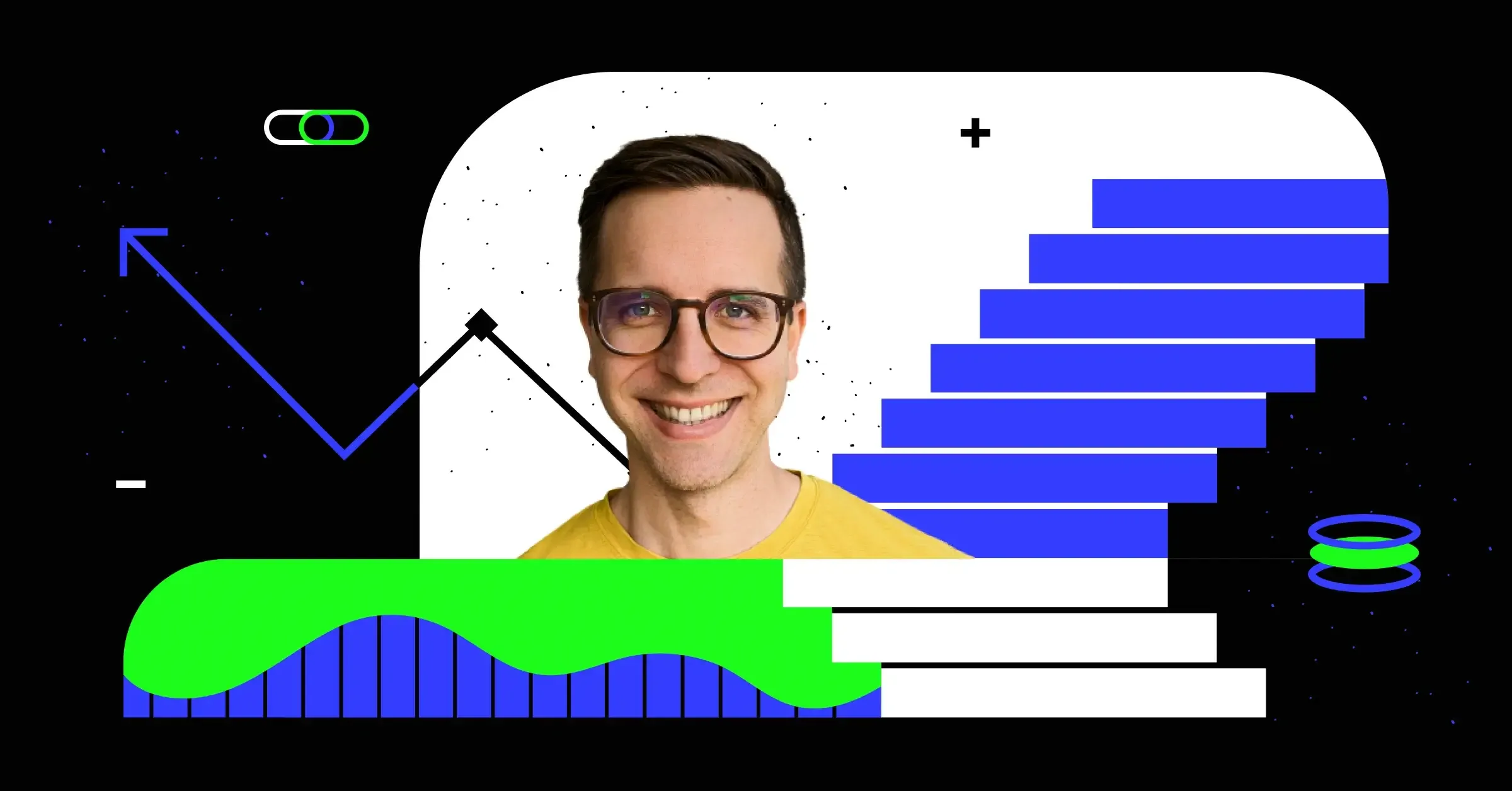
Share
Thomas Siegl is a Product and Growth Expert we used to work with at Uproad, #1 US tolling app by Kapsch TrafficCom. As a Director of Product & Growth at Uproad, Thomas built a user-friendly but technically highly complex app that made driving bumpless for millions of drivers in the US. A strong starting point, isn’t it?
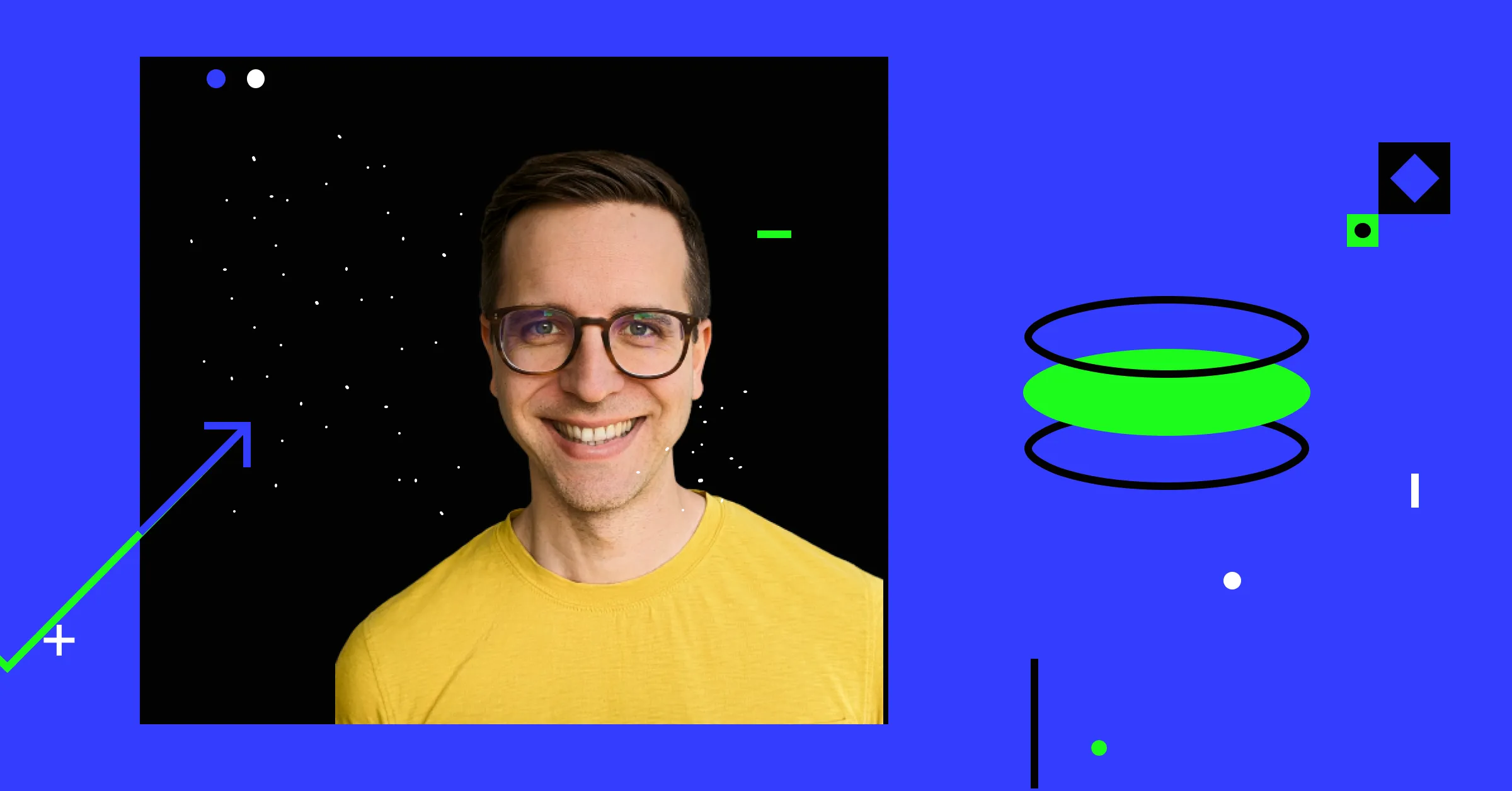
Thomas Siegl
In this interview, we talked with Thomas about his beginnings and the journey that led him to growth-oriented solutions, how he built an outstanding B2C product within a B2G-focused environment, how cross-functional growth works, and what typical mistakes companies often make on their way to the top.
Thomas, you’ve got a solid academic track record. Please share how you started building highly complex enterprise-level systems. How your training and specialization found a match?
Well, I studied traffic engineering in Vienna and then in Sweden for a year, writing my master’s thesis at the Swedish National Road and Transport Research Institute. It was about traffic simulation, simulating cars for high-end traffic simulators with a special focus on how cars behave merging onto highways. My study program coordinator put a lot of value on being able to talk to anyone in the field of traffic. That can be a developer, a traffic engineer, a mathematician, or someone from legal, marketing, sales, and the list goes on. That prepared me for this role in product management without me knowing it since it is a fundamental product management skill to be able to communicate efficiently.
Then I applied for my first job in Austria. I found this opportunity at Kapsch, which was basically the most significant player in the mobility space in Austria and also a global player. From the beginning, I was in a product management role, and I had no clue what product management was at that time. It was purely a coincidence that I landed that role, but I soon learned that my study program had prepared me in a way because I had to communicate with so many different stakeholders from various teams.
I was working on many different products within the company. In my free time, I was trying to soak up as much knowledge about product management as possible. I went to courses, listened to podcasts, and read a lot of books. And then, I got the opportunity to try out the things I’d read, applying new methodologies within my teams. Especially in smaller teams, that worked out really well.
In the beginning, while I was working as a product manager, I was also doing presales for the whole portfolio of the company. I was traveling and presenting a lot, as well as calculating business cases and preparing presales material. It prepared me from a different perspective and provided me with some good insights.
It’s wonderful that your academic track also matched your first job. Many people graduate from their universities and go to work in another field.
That’s true. But after a couple of years as a product manager, I felt that I didn’t need to stay in mobility or transportation. If you’re a good product manager, you can work in any industry. I’m not particularly looking for mobility industries when I’m looking for something nowadays.
But then you had another fundamental shift from B2B to consumer technology and products, right?
Yes, that started when I was still at the same company. At one point, we had a strategic program about what the future of tolling was going to be like. The company thought about whether to use smartphones as a tolling device, but it seemed just way too inaccurate. There were too many open questions, like regulations in Europe, which would prohibit such a setup.
But at that point, I said: “Hey, this is crazy!” — Smartphones had been around for quite some time. They were super powerful already. They had all the sensors they would need to become a tolling device. — “If we’re not doing something about it, someone else will!“.
The board understood that as well. I had been working on this in a very agile manner, and within a matter of weeks, we had a prototype that showed it was working, and we presented it at a big conference. Then as a next step, we knew that we had to take this to the US and that we needed someone local who had done B2C and mobile before; we found that person. I moved to the US, and together we basically built up this company from scratch. We built a new brand and hired the full team, working a lot with agencies initially. And then, after many iterations, successfully launched it and made this move into B2C.
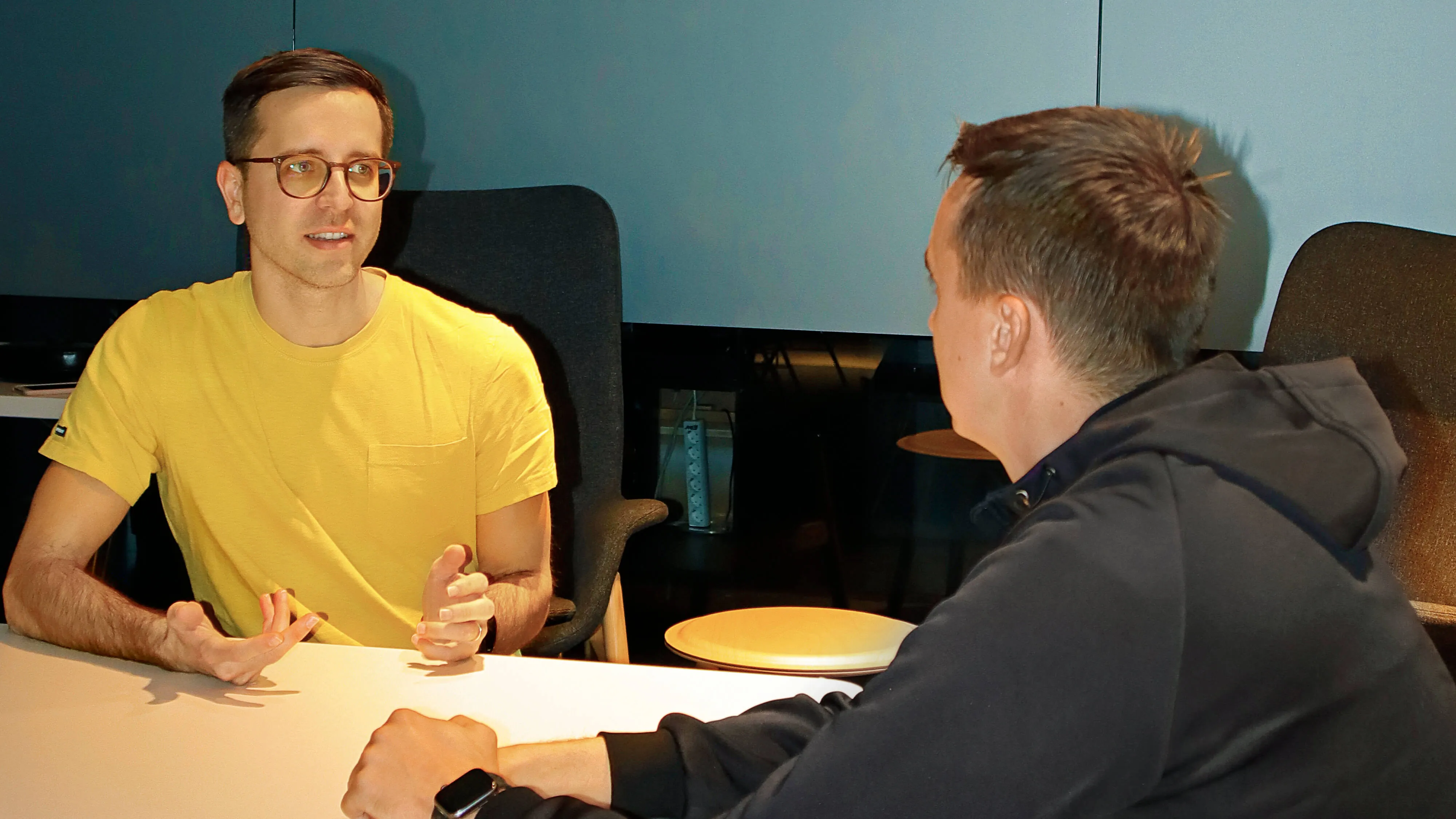
In the B2B sector, it’s much easier to approach the customer and understand their needs. How did you find the difference with the end user, as there are so many personas of all genders, ages, locations, etc in the B2C sector?
We had some ideas when we started from studies and being in the industry for ages. We also performed focus groups in the beginning. And then, once we launched, we had a lot of customer feedback coming from specific surveys — an NPS survey, the App Stores, emails, or customer support. We also used qualitative tools, like UXcam, to look at the user behavior. One thing I would have changed nowadays is to do regular user interviews much earlier on. That’s what we didn’t do much initially.
Are you able to define this transition from product management to cross-functional growth?
Yes, that’s an interesting question. Everyone has a different definition of growth. Some people equate growth with marketing. Some think of it purely as a product, some say it is something in between, and some refer to it as growth hacking, which is weird and wrong as well, in my opinion.
The way I’ve been thinking about it and explaining it to people is that… you have all these product management activities up to the point where you find product-market fit. Once you know you have product-market fit, then it’s about scaling the product. This is where growth starts for me. I don’t think there is a 100% correct definition for it. But I think that’s how the priorities should be laid out.
What’s important to me is that growth is not just acquisition because some people say growth and see just acquisition in there. In the beginning, we did that partly, maybe. But then we also corrected the course and focused on retention and lifetime value metrics.
On the market, a bunch of companies is definitely acquisition-focused, putting a considerable amount of their budget into it. But at the same time, their acquisition teams have vague knowledge about retention.
I think it’s just because being purely acquisition focused, it worked in the past when competition among digital products was not so fierce. They [companies] had great ratios of lifetime value to customer acquisition. But nowadays, they are getting into a state of things where they have only a 1:1 LTV/CAC ratio.
It’s gotten so much more competitive; advertising has gotten more expensive. And even though they [companies] are trying all these new things, and new channels and everything, they still don’t find the same possibilities anymore to scale the acquisition as much. So now they’re at the point where “we don’t need only a marketing team, we also need a product team and growth team,” and [they] start thinking about retention, activation, monetization, and so on.
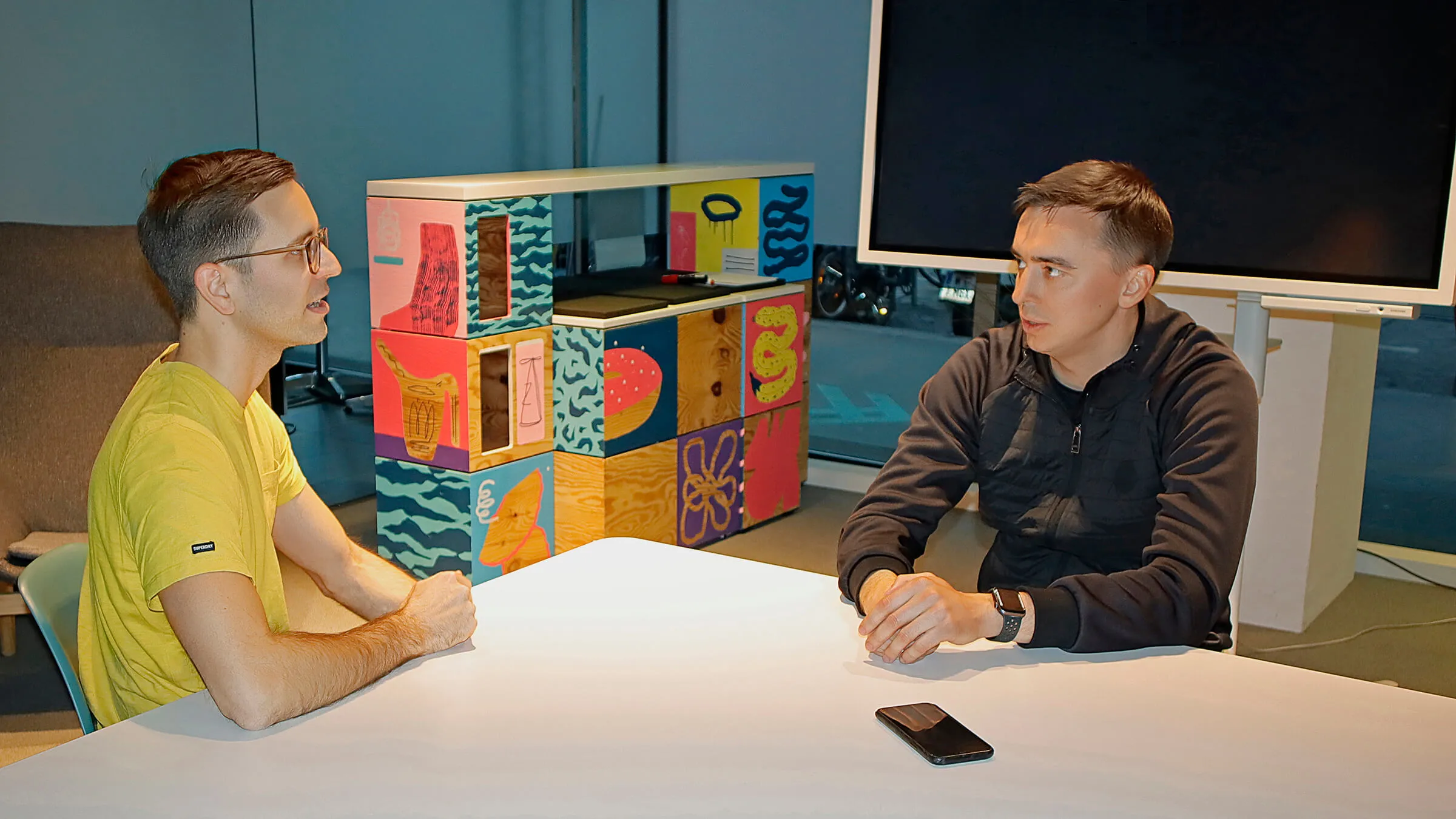
Can you share a thrilling failure story that happened on your way?
There was one huge learning with Uproad. We were relying a lot on the tolling agencies to run Uproad, so we had a big dependency at the end of the day. And, especially when you’re starting a new company having such a strong dependency is very dangerous. We were expecting much more support from them… and it just turned out that it’s super tough. So today, when I’m working with a client, I’m asking: “Okay, what kind of dependencies do you have?“. Because sometimes, if you have certain dependencies, you might be committed to getting rid of those. However, in some situations, that’s also impossible or a very long journey, but at least I want to know what I’m going into. So that is one thing.
Another one was when we invested a lot of time and energy into this geolocation feature for Uproad. Based on GPS and other sensors of the phone, it alerts you when you’re passing a toll point in real-time. And we made this work in the background, which itself was a huge R&D challenge to tackle, considering battery-draining issues and accuracy. So there were a lot of technical hurdles and challenges. And we made it work at a satisfying performance. But this functionality was not used as much, and it turned out that it was even confusing for some drivers. It’s interfering with the user experience of tolling itself and paying for the tolls. And, coming back to my earlier statement, this is exactly why we should have done more user interviews beforehand.
How about the success stories?
Actually, let me share two success stories. One started when we had some issues with collecting toll payments from the user. And if you read all the industry reports, you see this is a very common thing that payments fail. There’s a certain amount of voluntary churn after charges and involuntary churn when payments are due. And when we started looking into that, we made a number of improvements and experiments to the business model itself — when the payment is charged, how it’s charged, how often we retry charging, and of course, messaging our users through multiple channels. There were so many components within this billing piece. But it finally worked out. When we checked against industry benchmarks after having made all of these improvements, we were actually performing better than the industry-leading benchmarks. So we ended up doing really, really well. I think that was a big success! It wasn’t even our goal to beat the benchmarks, honestly speaking.
And a second success was that we changed our monetization model quite radically. It was a huge success that we went, in our case, more toward a subscription model. We pivoted there very strongly and then just optimized this model over and over again. I would say not everyone believed that it would be that successful.
Thomas, please share what you currently do. What is the project about?
I founded my own company Kasva, and I’m consulting clients around product and growth. Mostly digital companies, I would say. What I’m doing there while working with the clients is mostly understanding what the product is, of course, first, and then understanding processes, helping clients’ teams understand how they need to set up the organization, how they need to set up the process. It’s often working towards a digital transformation to some extent because they never had product management, or maybe they had a product manager for some time, but it’s not set up properly yet. In other projects, I have also worked hands-on as a product manager.
And on the growth side, it’s a lot around auditing if they have the right tools, looking at activation, retention, and monetization for different segments… For example, I might start out just segmenting a lot and understanding how to improve activation and retention, and then looking at the same thing about monetization. What’s your monetization model today? Can you change it? How often do you actually change it?
With activation, I am starting by looking at how many people go through the full activation funnel. What are your conversion rates? Some companies don’t do that at all. Some do it to some extent, and some use really bad tools or no tools. Then I also help them find the right tool sets and implement those.
Some companies have processes around experimenting. They know what A/B tests are, and they even do them right. But one thing I like to tell them is, okay, you need to have a backlog of A/B tests just for activation and one just for monetization. And you need to run A/B tests for each of them. You need to run them continuously. If you have one quarter and don’t test anything on your monetization, then it’s already bad. You should test this every single quarter. So this is what I’m doing right now.
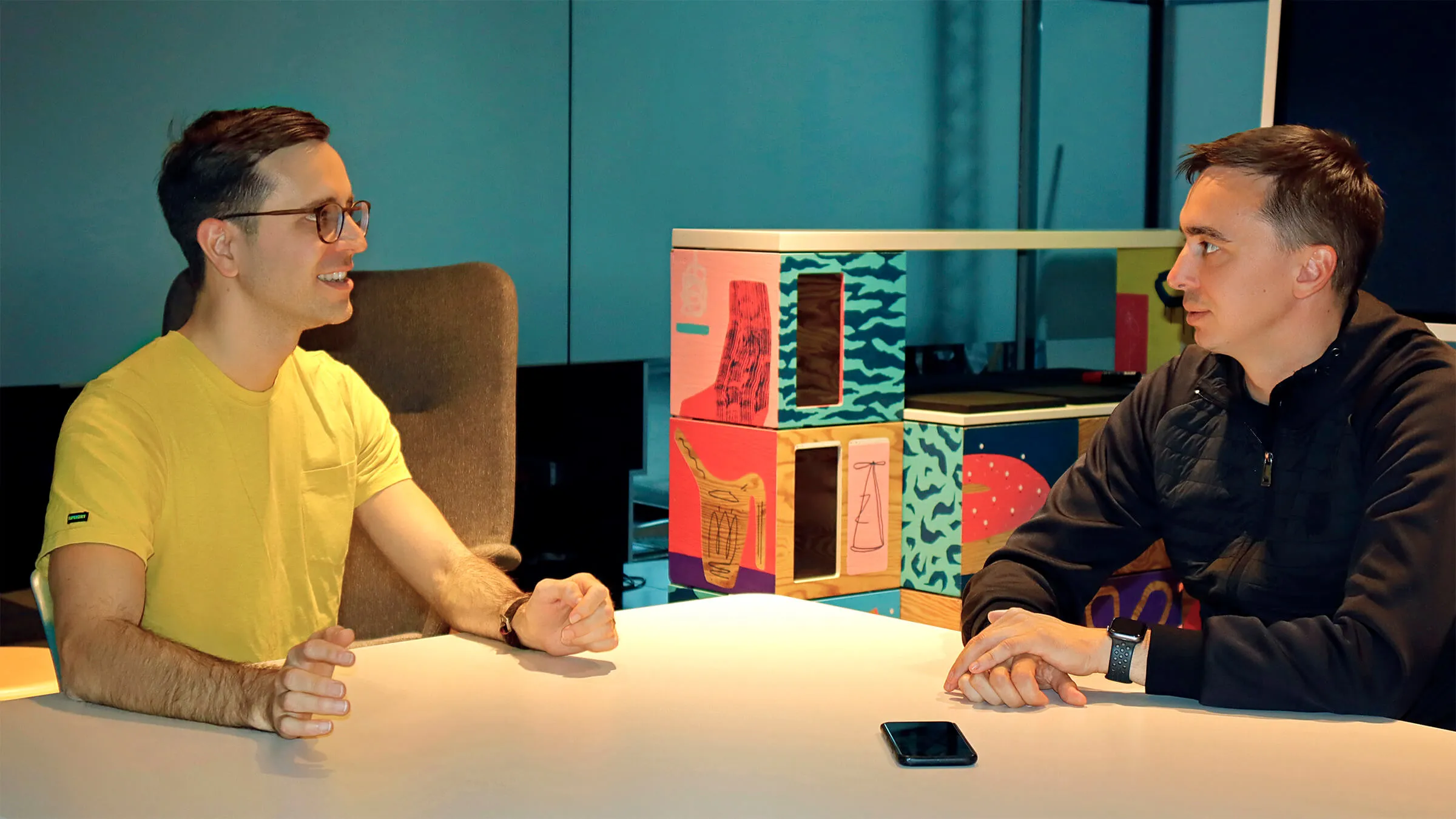
What do you find special about running your own business?
The reason why I decided to do it was that I spent such a long time in product [management], and I have so much experience and know-how around it. Then I expanded my knowledge around growth. And now, I want to transfer this knowledge to multiple clients and multiple products. This was my thinking behind it.
The part I enjoy about it now is that I have worked with such a variety of different things — persons, stages, processes. On the one side, it’s challenging, of course, as you have to switch contexts. But it’s also exciting, and you don’t stop learning, basically. The second thing I enjoy is the freedom in how I schedule my day. So, for example, if I’m working a lot with the US and having mostly meetings in the afternoons, then I can go to the gym at 10 am and simply work late, and it is fine for everybody.
Do you have any exciting projects right now you can tell us about?
It’s a company with millions of users, and they have a couple of apps in their portfolio. They understand they have not paid enough attention to their digital portfolio. They understand it now, but they’re just in the process of starting to comprehend what they need to change. By coincidence, I met them, and I’m helping them implement product analytics as a first step, with instrumentation to set it up properly. To me, it’s crazy that they are only starting with it now, considering they have millions of customers. And now we’re implementing new processes on how to use these tools, how to change the minds of the people to start using it, how to use this data on a daily basis, and how to become really data-driven. And that’s the phase we are in right now.
At the same time, I’m putting these first data insights in front of the team slowly, so they can gradually digest what I already see. They can easily, in my opinion, make improvements, like in the double digits, percentage-wise, both for retention and monetization. Monetization has the potential for even a >100 % increase, there was not a huge investment they had to make to learn that. To me, this is crazy, and this is just one company out of… I don’t know how many out there that are still doing it like this.
People love silver bullets. Can you share some silver bullets for growth?
I think it’s hard to say there is a silver bullet for growth. For me, the one thing would again be monetization, probably. And what I mentioned earlier, it’s important to have a dedicated backlog for monetization to make sure it gets the attention it needs. If you look nowadays, these last few months, there have been a lot of price increases because of inflation and everything. But there have been hardly any radical changes. There have not been so many experiments when they make changes to be like that.
Netflix is maybe a different example that tried more than just inflation-based price increases. They are experimenting with ads now, like introducing a new tier that is for free but with an advertisement, which is something worthwhile trying. And they will have reasons to try it. Maybe it is going backward, but at least, you know, this is an example of a big bet that they’re doing. If it works — amazing! If it doesn’t work — damn it!… they might have spent a lot on it, and it will hurt. But I think it’s important that you try changing business models and what you charge, whom you charge, and when you charge. Otherwise, you will never know if you might have missed out on a huge potential.








